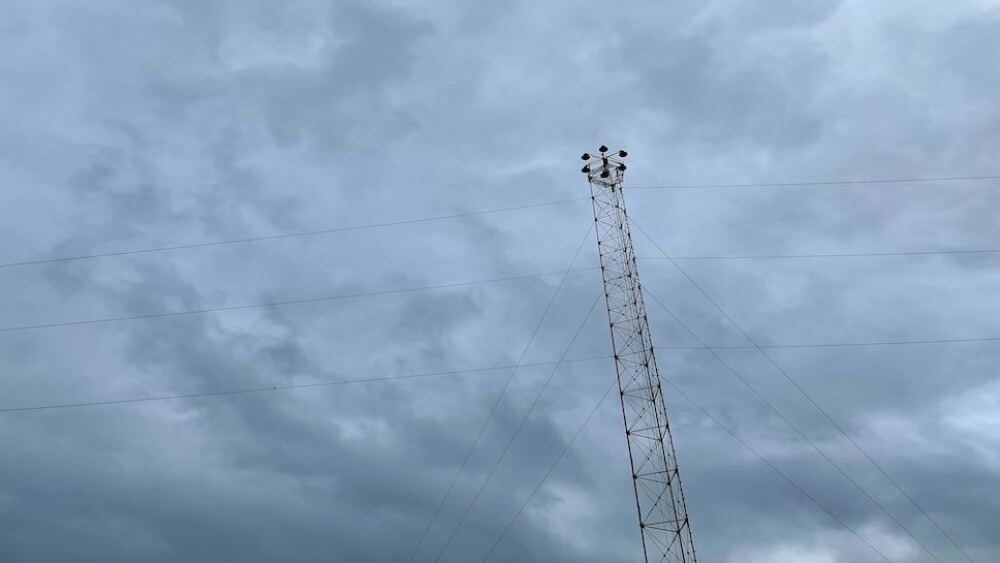576. That’s how many Historical Markers and War Memorials exist in Travis County, according to The Historical Marker Database. How many of them do you know about?
Figi here. I get a kick out of finding and reading historical marker plaques around town, so I want to share a new one with you on Flashback Fridays.
Let’s look back in the history books.
Austin City Limits | Erected in 2009
Gifted to Austin by the Rock and Roll Hall of Fame and Museum, this marker recognizes “Austin City Limits” as the longest-running music series in American television history, which has been running since October 1974 and helped solidify the Capital City as “Live Music Capital of the World.”

We triple-dog-dare you to jump off the diving board at Barton Springs Pool.
Photo via AustinTX.gov
Barton Springs Pool | Erected in 1970
Folks in Austin have been gathering at this natural pool, which has a daily flow of 27 million gallons of water, for hundreds of years. Settler William “Uncle Billy” Barton patented the site in 1837, naming the springs after his daughters and attracting visitors with his two baby buffalo. Barton began renting suits to swimmers, installed a merry-go-round, and built ice machines in the area by 1871. Read more about the historic pool.
Broken Spoke | Erected in 2021
A relative newcomer to the list, this time-honored dance hall was founded by Austin native James M. White in 1964. Over the years, the honky-tonk has hired local musicians and country music legends (like Bob Wills and Ernest Tubb), been featured in TV and movies, earned its own documentary, and made a cameo in “Queer Eye.”
Austin’s Moonlight Towers | Erected in 1993
Though many cities across the US had moontowers, Austin is the only city where you can still see them standing today. Of the 31 that were installed in 1895, 17 still stand in various locations around town.
Michael Paggi House | Erected in 1980
Now a gallery space on the grounds of The Loren at Lady Bird Lake, this house was built prior to the Civil War and owned by Italy native and entrepreneur Michael Paggi. The home remained in the extended family for ~100 years, but fell into disrepair and was slated for demolition in the 1970s, until it was purchased by a development group.
From there, the house received historic designation in 1980, and opened as a restaurant called The Paggi House the same year. The restaurant remained open until 2014, when it closed down due to condo construction changing the nearby landscape.
University Interscholastic League | Erected in 2009
Those who went to school in Texas are likely familiar with UIL: a league that provides students an avenue for fair athletic and academic competition from the district to the statewide level. This marker commemorates two academic groups — the Debating League of Texas High Schools and the Interscholastic Athletic Association — coming together to create UIL in 1913. In just four years, UIL became the largest interscholastic league and helped inform similar organizations in other states. These days, more than half a million students compete in UIL each year.
Figi here — UIL was a huge part of my high school education. I competed in feature, headline, and editorial writing for the journalism program throughout my time at Vandegrift High School.
Waters Park | Erected in 1996
Initially a “multi-ethnic community” north of Austin in the 19th century, Waters Park was built along the Austin & Northwestern Railroad. The rail was used to transport the pink granite used to construct the Texas Capitol, and if you look behind the tracks, you’ll see enormous chunks of granite that have been there likely since the late 1880s due to a train derailment. The tracks are now used as part of CapMetro’s Red Line.
Do you know of a historical marker you would like to share? Drop me a line.
















